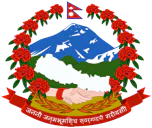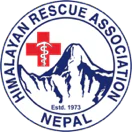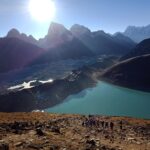
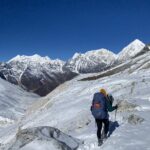
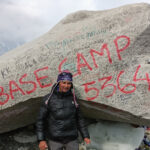
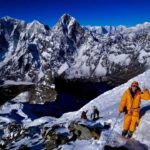
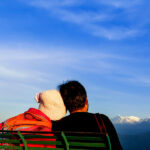
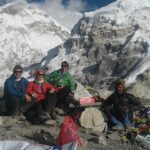
Explore the world's best trekking destination with native guides
An adventure of a lifetime experience on the exciting Island Peak Climb. The adventure leads you amidst world giant peaks of Everest, Lhotse, Pumori, Nuptse, and Lhotse with arctic zone landscapes.
On this grand adventure to Island Peak Climb with superb views of worlds high mountains. In the comfort of a nice lodge, and Sherpa hospitality, besides picturesque location en route to Island Peak Climb. Trekkers will have the opportunity exploring traditional Sherpa villages and impressive monasteries, of old Buddhist religion heritage and cultures. Retaining its past glories of traditional way of life till present day. Island Peak Climb adventure begins with a scenic short flight to Lukla, and then towards the famous Namche Bazaar.
A perfect place for rest and acclimatization day, and then walk leads higher towards Tengboche Monastery. A beautiful spot surrounded by tiers of zagged snow-capped peaks amidst lovely forest.
Adventure continues on leaving the tree lines to Pangboche village, and then entering scenic Imjatse Valley at Dingboche. From here enjoy the first views of majestic and stunning Island Peak also called as Imjatse Himal.
Our final journey leads to Imjatse Valley for the climb of Island Peak after an overnight in Chukung. Located at the end of Imjatse Valley en route to Island Peak base camp enclosed by towering snow-mountains.
Finally the walk takes you to the base of Island Peak, having spare days for practice climb and acclimatization. The Island Peak Climb grade is PD+, a grading from French and Swiss Alpine Climbing Classification Systems.
Island Peak stands majestically amidst Imjatse Valley at 6,165 m/20,226 feet high, the climb is straightforward. Encountering some technical sections, where all climbers require skills in using climbing tools, likewise crampons, ice-axe.
Including use of main and fix ropes and snow bar, ice screws, for a successful climb. Our expert guide provides full support, to reach the summit and bringing you back safely to base camp. The climb starts from base and high camp following the guide for a steep climb to reach on top of Island Peak.
From the summit stunning scenery make the adventure most delightful forgetting the tiredness of the arduous climb. Enjoying the glorious panorama of surrounding giant mountain range, and then return journey to Lukla.
On reaching Lukla for last overnight around Khumbu and Everest region, the next morning a panoramic flight brings you to Kathmandu. After a great wonderful adventure experience on Island Peak Climb.
The best seasons for Island Peak Climb, are spring and autumn. Spring starts from March to May, most days are sunny but can get cloudy in the late afternoon. Chances of light snowfall with cold mornings and nighttime sometimes. But beautiful with wildflowers in seasonal bloom, especially rhododendrons of various colors, around Hinku Valley.
The next best season is autumn/fall, which begins in September and ends in November. One of the high seasons for views and pleasant walks, sunny days most of the time in autumn. But gets dark soon, due to short sunlight hours, cold morning, and late afternoon till nighttime. Could get snowfall around Imjatse Valley and on climbing.
The route is straightforward with a signpost at each junction of the mid-ways, so there will be no confusion. The trails are nicely laid and good for walking until Lobuche, from Lobuche to Gorakshep and Everest base camp. Can slightly changes of walking path, due to seasonal avalanches and rock falls, but nothing dangerous taking slow. Especially on rocky trails of big boulders with moraine of rocks, ice and glaciers, on crossing passes.
Including en route to Everest Base Camp. Few short uphill’s and downhill, but on leaving Dudh Koshi River, steep uphill on a winding trail to Namche Bazaar. As well as crossing suspension bridges over the same rivers a couple of times. From Namche Bazaar to Dingboche and Chukung are on gradual good path to follow. From Chukung to Island Peak Base Camp is on rocky moraine, over dunes and glaciated path with rise in altitude.
Day 01: Fly to Lukla 2,846m and trek to Phakding 2,645m – 04 hrs
Day 02: Trek to Namche Bazaar 3,440m/11,350 feet – 06 hrs
Day 03: At Namche for acclimatization 3,440m/11,350 feet and short scenic hike.
Day 04: Trek to Tengboche 3,867m – 05 hrs
Day 05: Trek to Dingboche 4,410 m – 05 hrs
Day 06: Rest day in Dingboche 4,410m for acclimatization and short excursion.
Day 07: Trek to Chukung 4, 740m – 04 hrs
Day 08: Trek to Island Peak Base Camp 5,210m/ 18,159 feet. 04 hrs
Day 09: Climb to High Camp 5,600m/18,159 feet – 04 hrs
Day 10: Climb to the Summit of Island Peak 6,165m – 08 hrs
Day 11: Trek to Pangboche 3,900m – 06 hrs
Day 12: Trek to Namche Bazaar 3,440m/11,350 feet – 07 hrs
Day 13: Trek to Lukla 2,846m – 07 hrs
Day 14: Fly to Kathmandu 1300m transfer to hotel with farewell dinner.
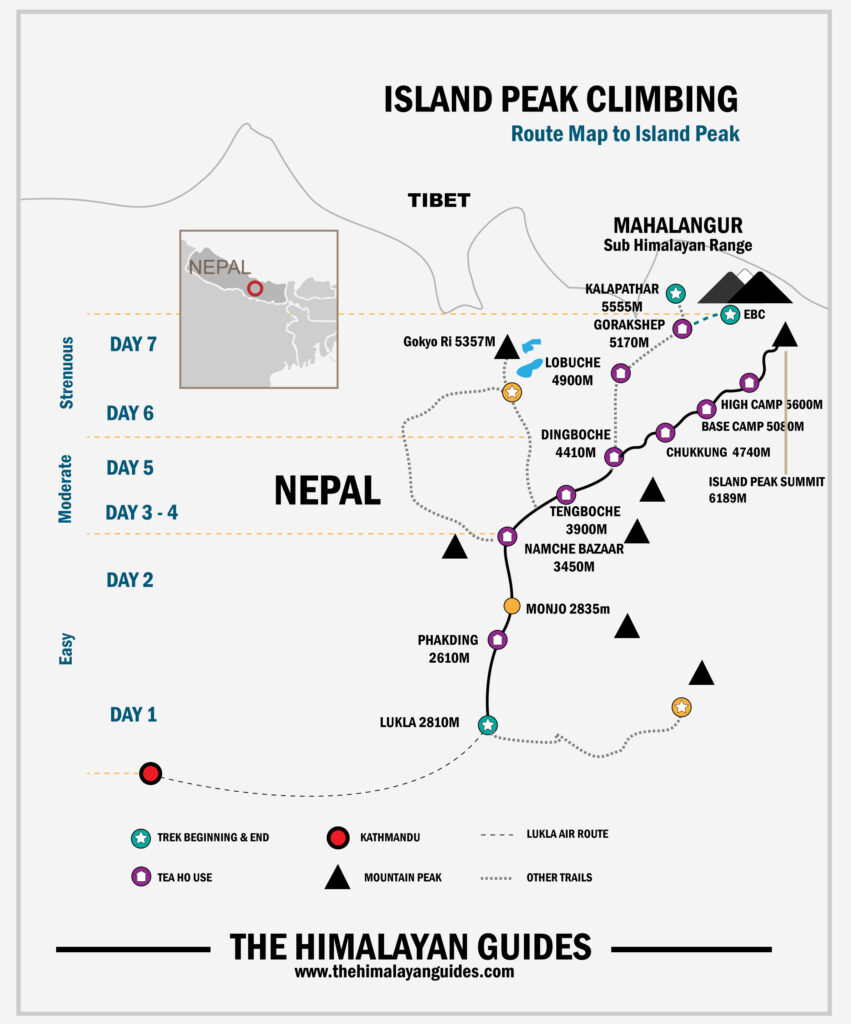
Breakfast, lunch, and dinner are prepared during the trek. The meals are basic, but will give you enough energy for your appetite. Fruit is also available after each meal.
During the trek, we stay in lodges or teahouses. These are simple in nature, but fully equipped. Do not expect too much luxury.
Depending upon the itinerary chosen straight way to Island Peak, or visiting Everest base camp, before the climb. Normally it takes 1-2 days from the base camp to reach the summit. Adding extra high camp with rest day preparation for the climb with acclimatization days. Walk from Lukla to Island Peak with climb takes 11 to 12 days, not counting the return walk to Lukla. Overall total of 14 to 15 days from Lukla to Lukla.
Island Peak climbing grade is PD + means Per Difficule with plus, a French/Swiss Alpine Climbing Classification Systems. A straight forward climb with some technical difficulty to negotiate en route to the summit. All climbers requires adequate climbing gear for the safe climb and descend.
Normally an average person in good physical shape and in sound health can join in for the climb. Climbers of previous experience will be an advantage, for beginners we will have extra days for practice climb. Where our expert guide will support you all the way to the summit and back safely.
Medical and Travel Insurance, should cover any means of fastest transportation like using Helicopter service. Travel insurance should cover in case of flight delay and cancellation due to bad weather condition.
Certainly yes, as mentioned above for immediate evacuation in case of emergency situation if arise. The evacuation insurance usually applies for using helicopter service and medical treatments in Kathmandu or near about.
Can easily contact with your close one, relatives or friends where you can buy local cell phone re-charge card in Kathmandu. It works all around the country, or use your guide phone or from the nearest lodge, where STD / ISTD or SAT Phone is available. One can contact through the company that you booked with in case of emergency situation.
Facilities for charging batteries and electronic gadgets, available throughout the trek staying in a lodge, either by main hydroelectricity or solar power, where you need to pay as per hour and per gadgets. The last place on this trip is at Chukung a small settlement with lodge having solar power. At base camp for few days without any electricity power. The best is carrying a portable solar panel as the sun is bright around highest altitude for you to charge your gadgets.
Depending upon size of a group, for less than 4 people one climbing guide as well with second guide to take care of the client requirement. For more than 6 to 10 people, will have 2-3 guides including the main lead and climbing guide.

